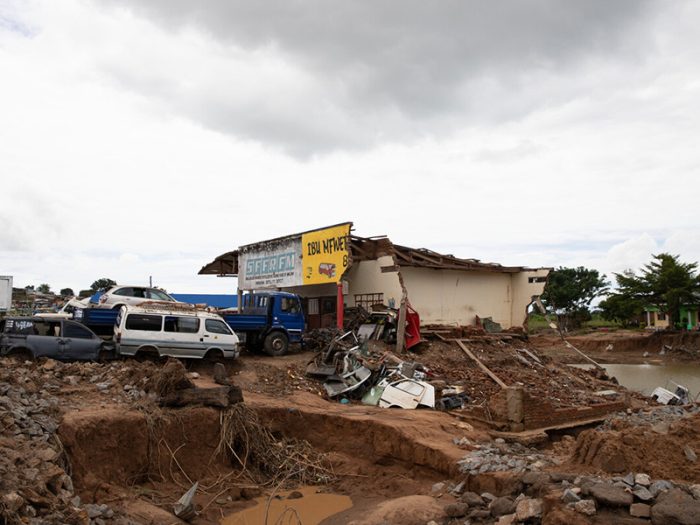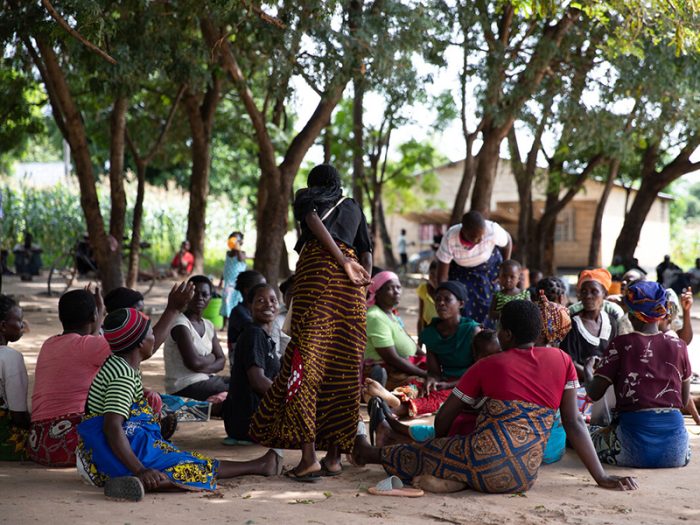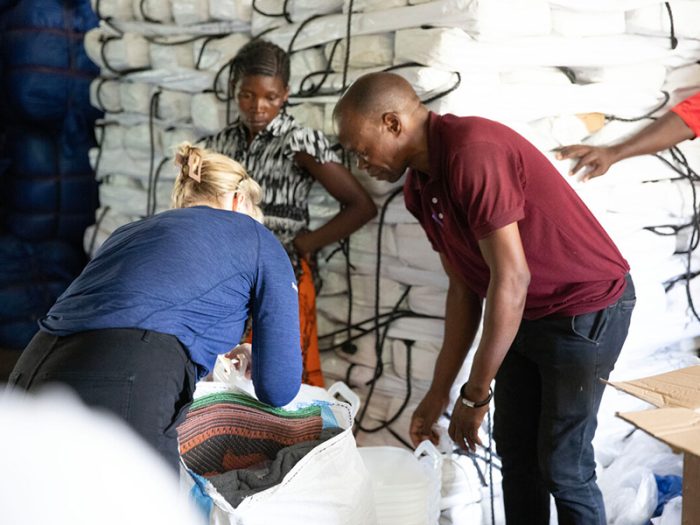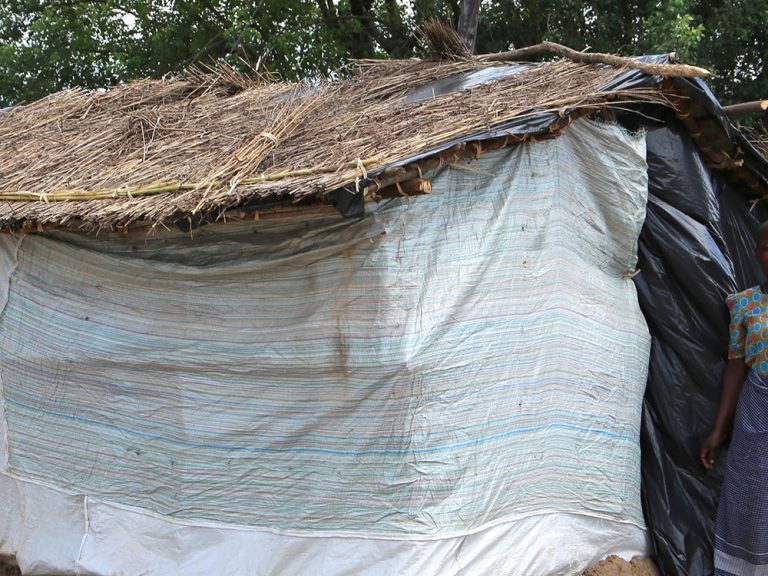Severe flooding has impacted Malawi, destroying homes and livelihoods. As a result, thousands have been forced to leave their homes.
ShelterBox is responding in Malawi. We are using aid that is already in country following Cyclone Freddy in 2023.

What is happening in Malawi?
Heavy rainfall in Malawi in early 2024 has led to severe flooding.
The flooding happened during the day when many people were at work. This meant that many families were separated by the floods, and people were unable to return home. Houses were destroyed or severely damaged by the flood waters. As a result there are more than 12,000 displaced people in central Malawi. The floods also destroyed crops, roads and bridges. It is therefore harder for people to access food, water and shelter.
In addition to the floods, many parts of Malawi are also experiencing drought, caused by El Niño. The President of Malawi, Lazarus Chakwera has declared a state of emergency in 23 districts


How have people been affected?
People displaced by the floods have been forced to find shelter elsewhere.
Some are now living in schools and other community buildings, or with host families. Thousands more are seeking shelter in displacement camps.
There were already families living in displacement camps before the floods. They were displaced by Cyclone Freddy in 2023. There is a shortage of necessities such as tents, tarpaulins and household items.


How is ShelterBox helping?
A ShelterBox team has returned from Malawi. While there we met and worked with people who have been affected by the flooding, and our partner CARE Malawi. We are supporting people in Nkhotakota who are unable to return home. Here, homes remain standing in floodwater. Many people do not have the resources to repair their homes or replace belongings.
ShelterBox has responded in Malawi following flooding on previous occasions. For this response we are using aid already in Blantyre, Malawi. This aid was pre-positioned in country after Cyclone Freddy. Having the aid already in country means we can respond quickly. Our aid includes tarpaulins, groundsheets, and tools. With these, people can start making their damaged homes watertight. We are providing training on ways to use the tools that will ensure homes remain watertight for longer.
Other aid includes water filters and carriers, and kitchen sets. This allows people to collect clean water and cook for their families. Solar lights provide light in the dark. And thermal blankets and mattresses help people sleep more comfortably.


